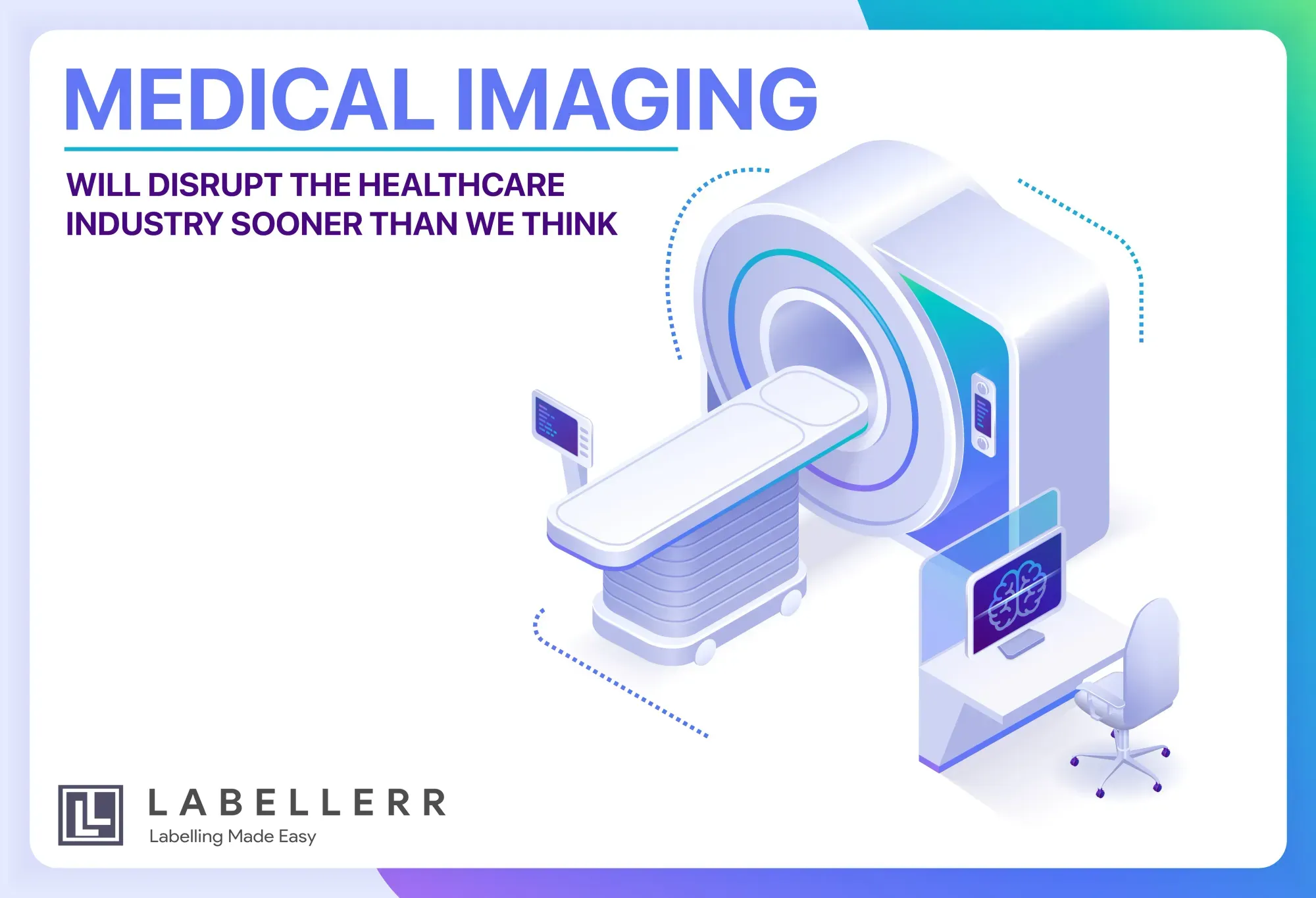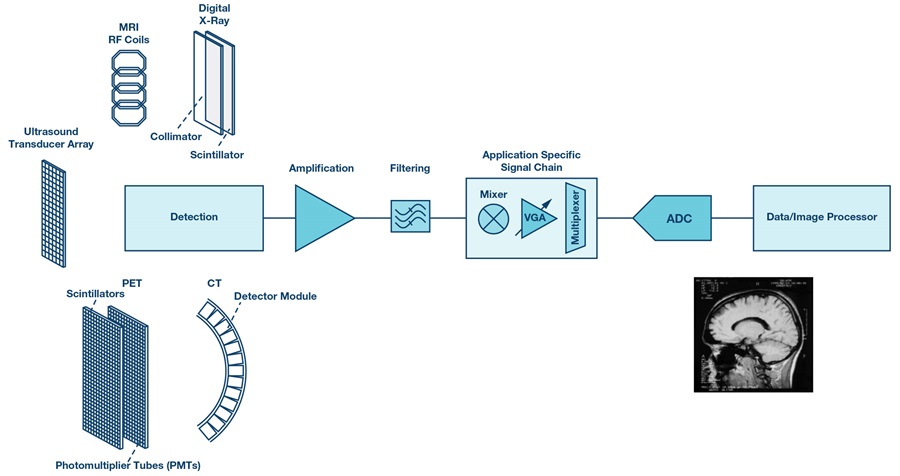Medical imaging AI will disrupt the healthcare industry sooner than we think

The medical imaging AI will disrupt the healthcare industry, because it has the potential to help doctors, nurses and hospitals make better diagnoses. This technology is also expected to increase patient satisfaction, provide better care and reduce costs.
The medical imaging industry is a $3.7 billion market, and it’s growing at an annual rate of 7%. Given that it’s one of the fastest-growing segments in healthcare technology, it’s no wonder that organizations are looking for ways to improve efficiency and reduce costs.
The development of AI in healthcare began with machine learning and deep learning. Today, there are a number of companies that have been able to create useful applications using these technologies. These include IBM Watson Health, Doximity and Siemens Healthineers.
How Does Medical Imaging Ai Help The Healthcare Industry?
In the past, medical imaging was a complex process that required a lot of time and effort from the professionals. The process of imaging required the use of sophisticated equipment that could be very expensive and difficult to maintain. The result was that the medical professionals were not able to perform these tasks in an efficient manner.
However, today’s medical imaging AI system has changed all this. This technology has made it possible for medical professionals to perform their duties faster and more efficiently than ever before.
The healthcare industry is one of the most competitive industries in the world today. This is because there are so many people who need access to healthcare services or products at any given time. Medical imaging AI can help reduce this competition by providing users with access to valuable information about various healthcare services available through their systems.
How is AI-Ml Being Used In The Healthcare Industry?
Artificial intelligence (AI) is already being used to help doctors treat diseases and patients, but the next generation of AI could revolutionize healthcare.
This is because it will be able to analyze images from medical imaging devices such as CT scans, MRIs and PET/CT scans in real time. The medical imaging AI can then provide accurate diagnoses for patients without needing a radiologist or cardiologist on site.
The first generation of medical imaging AI has been developed by Microsoft and it's called Project InnerEye. This AI system uses deep learning to analyze images from MRI scanners and CT scanners. It's able to detect diseases like cancer and heart disease in real time using this technology.
AI is already disrupting the healthcare industry. It’s used to diagnose patients, create personalized treatments and detect fraud. But now it’s being used in a more radical way: to improve the quality of care patients receive and reduce costs.
The use of AI in healthcare is driven by two factors: advances in machine learning, which allows machines to process large amounts of data and learn from the result; and the expansion of big data, which has made it possible for organizations to collect large amounts of information about people.

Process of Medical Imaging AI
The medical imaging AI is a new type of artificial intelligence that can analyze and interpret images, typically X-rays or CT scans. The AI can detect abnormalities that would otherwise go unnoticed by a human doctor, saving lives by preventing serious health problems from becoming life-threatening.
It's also an opportunity to bring technology into the medical field that has been sorely lacking for decades.
"It's about creating an intelligent assistant for physicians," said Dr. James Heilman, CEO at Medical Imaging AI Inc. "It's bringing the power of artificial intelligence into medicine so we can improve patient care."
The medical imaging AI works with radiology software already used by doctors to help them review images quickly and make decisions about which ones to use in practice. To do this, the system analyzes scans and determines whether they're abnormal based on known images or specific information about a patient's case history — everything from age and gender to medications they're taking or allergies they have to certain foods like broccoli or strawberries. Read more.
Future Of Medical Imaging AI
AI is already revolutionizing the healthcare industry by automating routine tasks and speeding up diagnoses.
Faster diagnosis and treatment: The X-ray machine takes about 20 minutes to process a patient’s chest X-ray. Today’s AI can analyze those images in less than five minutes, saving time for doctors and patients alike.
Improved data quality: Today’s image analysis software is not very accurate when it comes to diagnosing cancerous tumors or detecting early signs of rheumatoid arthritis. But researchers are working on better models that can identify these diseases before they become serious.
Conclusion
Medical imaging AI will be able to detect diseases and disorders, scan for cancers, and provide diagnosis and treatment recommendations. It will also be able to monitor patients’ health over time.
In addition to diagnosing diseases, the technology can also predict how long a patient can survive with a particular condition and even help in preventing it from occurring.
The AI can also provide insights into what causes certain conditions in humans. It can identify patterns that may indicate a certain disease or risk factor. For example, researchers have built an AI that scans images of human skin and finds areas where skin cancer is likely to develop or progress.

Simplify Your Data Annotation Workflow With Proven Strategies
.png)


